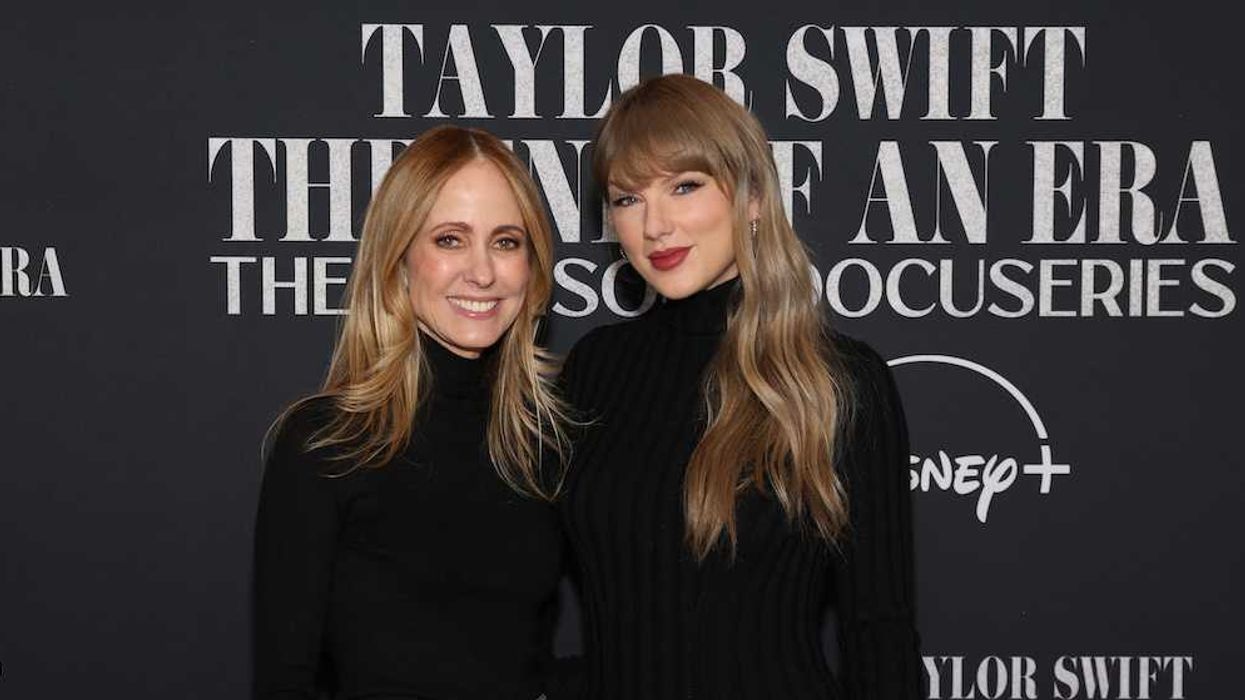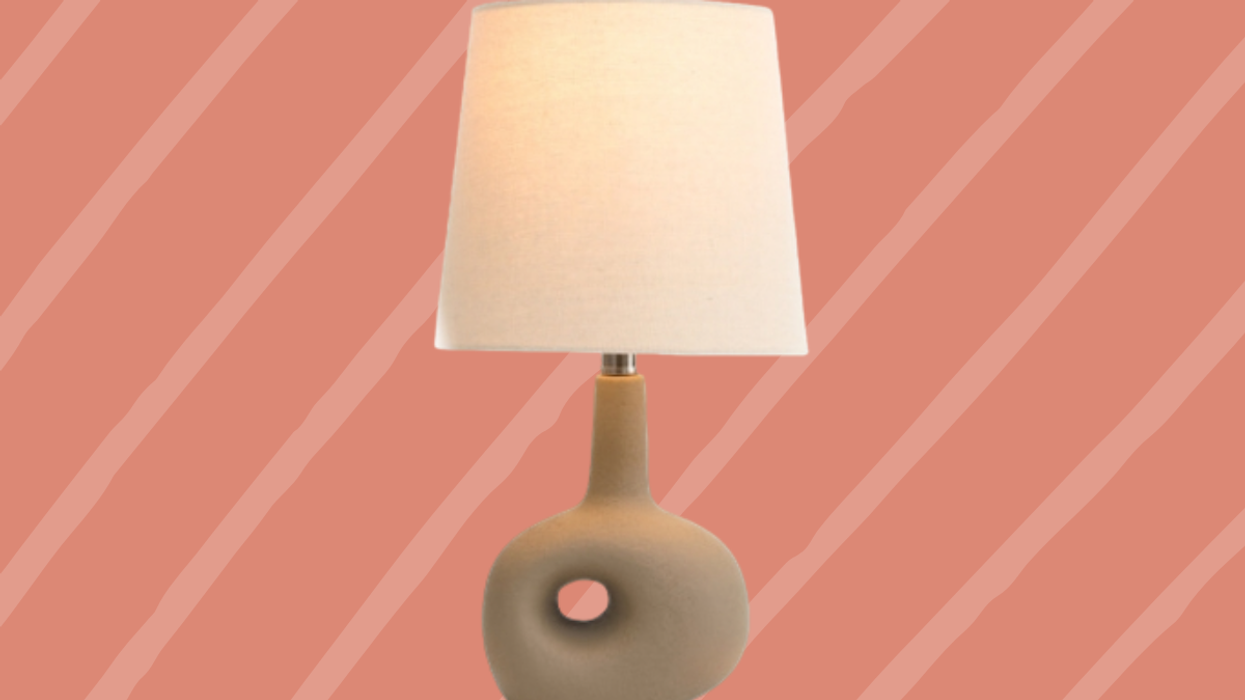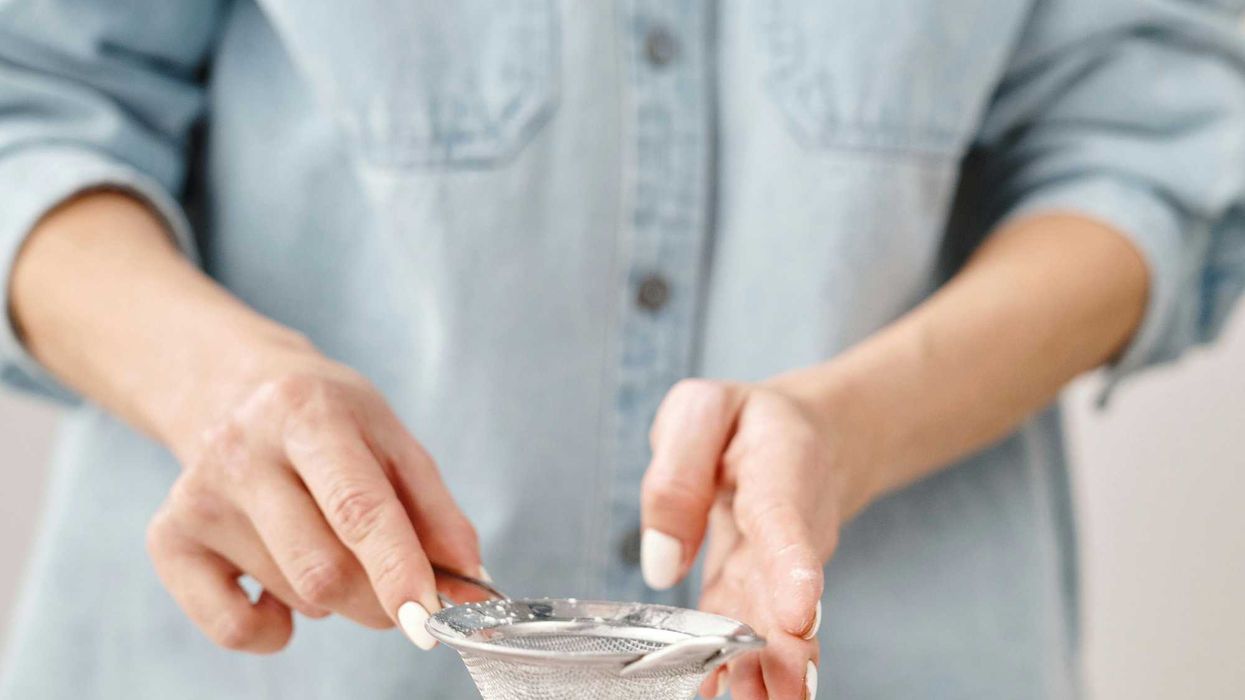Everything you need to know to make this practice part of your life.
The Beginner’s Guide to Tarot Cards
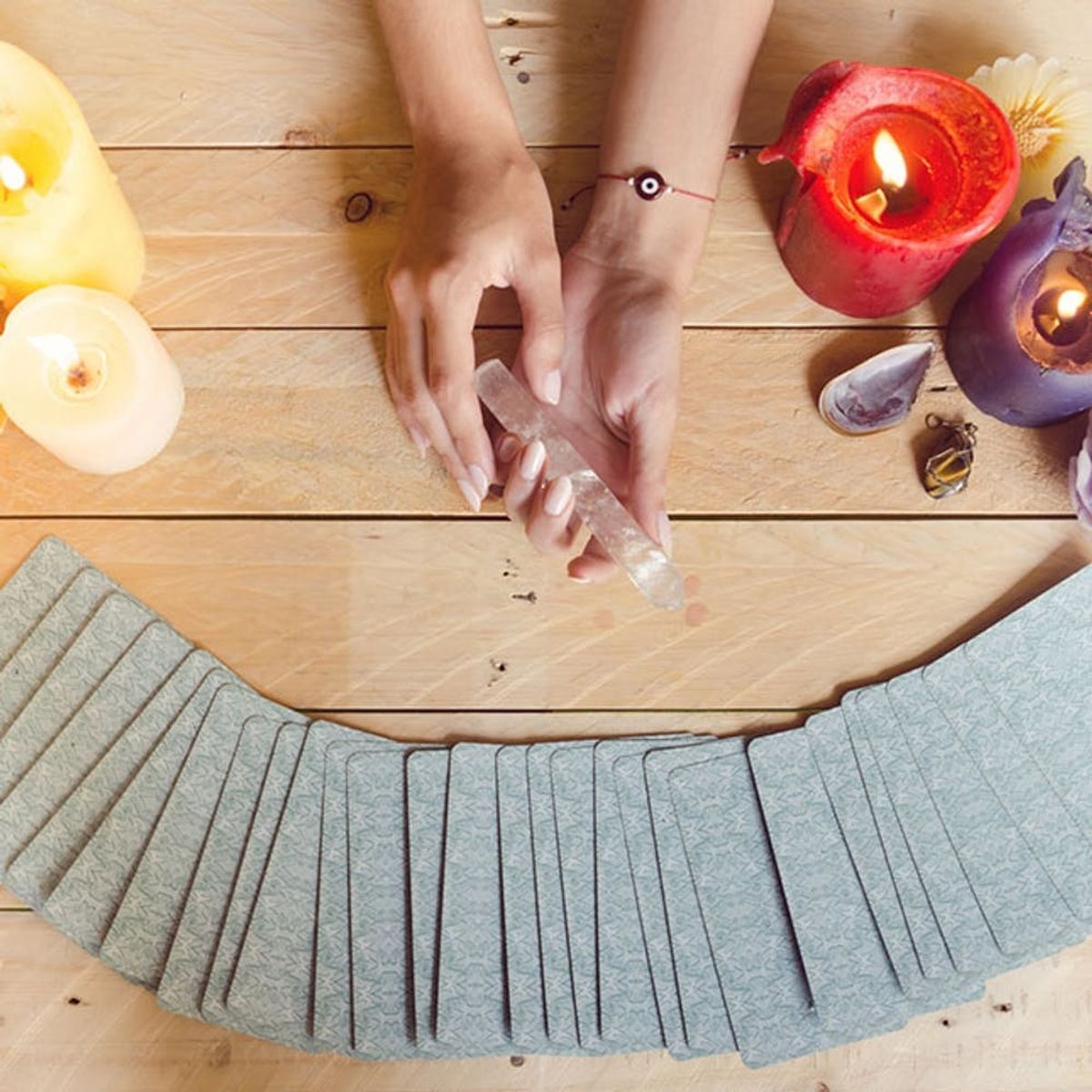
Each day we’re faced with countless choices to make as we respond to what life throws at us. These decisions could be small (Should I go to yoga tonight?) or major (Should I leave my job to become an entrepreneur?), but either way, they have an impact. Sometimes we need a little help making those choices, whether it’s the advice of a trusted therapist, support from an S.O., or, as in the case with Tarot, something a little more mystical. We’re already well-versed in the ways in which astrology can affect our lives, but Tarot is relatively uncharted cosmic territory for us (save for a first-time reading a couple years ago), so we decided to do a deep dive into this centuries-old divination card deck and we have to say — we’re into it! Thinking of giving it a shot? Keep scrolling for everything you need to know.
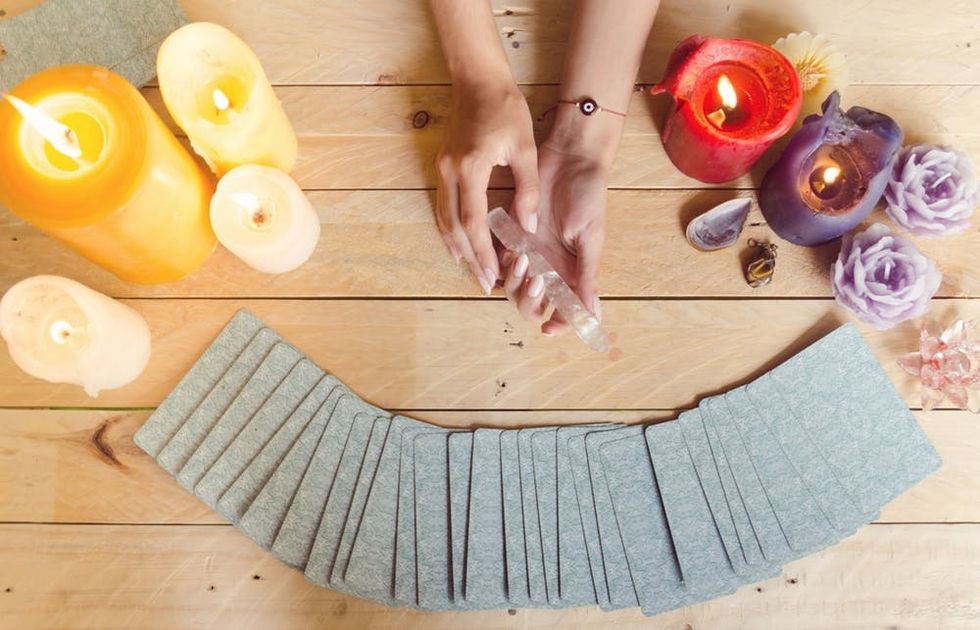
The Origins
While the exact origin of Tarot is unclear, some theories suggest the cards date back to 14th century Turkey and were brought to Italy a few centuries later. The Italians used Tarot as a form of recreational divination, storytelling, and game-playing, and it wasn’t until the 18th century that people began assigning spiritual meaning to the decks. The classic Rider-Waite Tarot deck went to print for the first time in 1909, and the psychedelic 1970s ushered in the modern interest that’s currently experiencing a revival today.
Knowing its history is cool, but learning the background isn’t necessary for making use of Tarot in your everyday life. In today’s wellness-minded world, Tarot seems especially relevant — as long as your expectations are clear. While it can still be a sacred, spiritual practice that calls on clairvoyance, it can also simply be a self-care act that gives you a chance to check in with yourself and a useful tool to help you interpret life lessons and sort through tough decisions.
On Deck
1. Understand it by the numbers. The traditional Tarot deck contains 78 cards split up into two sections: the Major Arcana and the Minor Arcana (“arcana” coming from the Latin for “secrets” or “mysteries”). There are 22 Major cards and 56 Minor. Major cards are numbered and titled, and minor cards are split into four suits: pentacles, swords, wands, and cups. Similar to a classic deck of playing cards, each Minor Arcana suit contains four court cards (page, knight, queen, and king) and 10 additional numbered cards.
2. But what does it mean? No matter which deck your reader is using (and there are hundreds of decks out there), each card is laden with symbols, meanings, and history. Contrary to popular belief, there are no “bad” cards — even the Devil card can have a positive spin! For example, while everyone hates the idea of getting the Death card, it’s actually a card of rebirth, newness, and saying goodbye to things that no longer serve you. Each reader has their own interpretations of cards, so feel free to do a little research on readers’ styles before booking an appointment.
Spreads
1. The Spread: Every Tarot card reading starts with the spread, which can be as simple as a single card drawn from the deck to answer a yes/no question or as complex as a 10-card layout meant to represent the querent’s future life path (that’s the person who’s getting the reading, meaning the “one who seeks” in Latin). There are hundreds of established spreads that are meant for specific questions (there’s even one in the shape of a heart for romantic questions), as well as more general spreads, like a three-card version to interpret your past, present, and future.
2. Upside-Down Cards: With certain shuffling methods, you’ll end up with some cards upside-down when they’re flipped over. This is up to the personal preference of the reader, but many interpret these cards differently than “right-side-up” cards. The idea here is that an upside-down card means the querent needs to work on that card’s particular meaning in their lives; it’s a reminder that while you can still call in that card’s positive traits, you’ll have to work through some murkiness to get there.
Readings
1. Each reader is different. Some Tarot readers do infuse their readings with clairvoyance or even refer to their “guides” as they give a reading and may stop to listen to what these guides have to say about your cards before proceeding. Others see Tarot as more of a therapeutic practice, using the cards’ meanings to bring spiritual insight to your day-to-day concerns. Again, check out a reader’s Instagram or website before making an appointment so you can get a feel for their style and preferences.
2. Create a ritual around your readings. Rituals that are both grounding and clearing will create a receptive, open energy that will be beneficial for your Tarot reading. We love doing a quick meditation, lighting incense, and putting on some vibe-y music to get in the right headspace before the reading. It’s your time for yourself, so make it special for you!
3. Think about what you’d like to focus on. While it’s fine to go into a reading without a specific question in mind, it does help to have something to focus on. Many Tarot readers will ask you to think about a question before they begin, and it’s up to you whether you’d like to share it or not. Otherwise, you can ask for a 12-month spread, a general career reading, or a reading that focuses on your distant future. Like we mentioned earlier, there are specific spreads for specific questions, so be sure to tell your Tarot reader if you’re coming in with a goal.
4. Give yourself a reading. If you’d like to make Tarot reading a regular practice, feel free to start giving yourself readings. All you need is a deck, a notebook for your thoughts, and any Tarot resource books that seem helpful — and have fun!
Have you ever given a Tarot reading or gotten one yourself? Tweet us @BritandCo and tell us about it — we’d love to hear your experience!
Brit + Co may at times use affiliate links to promote products sold by others, but always offers genuine editorial recommendations.
(Photo via Getty)




